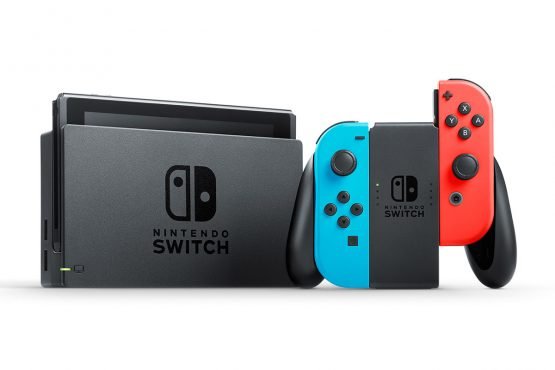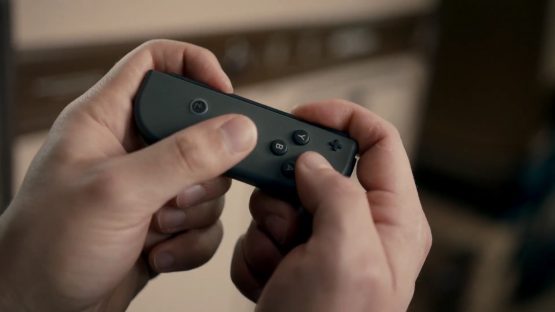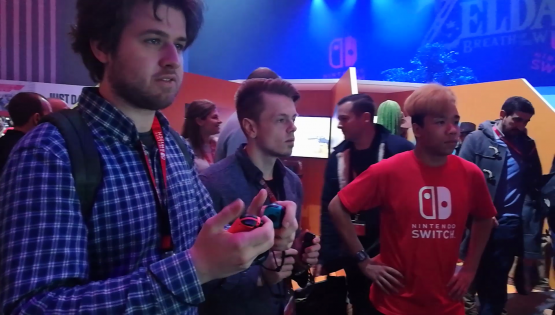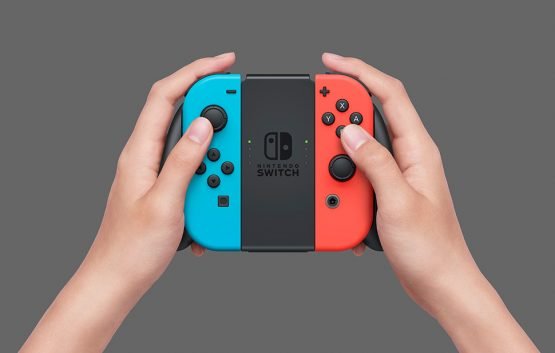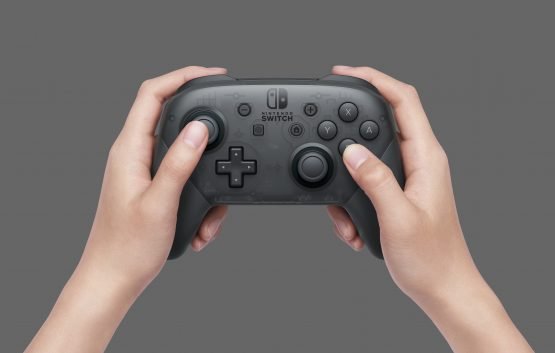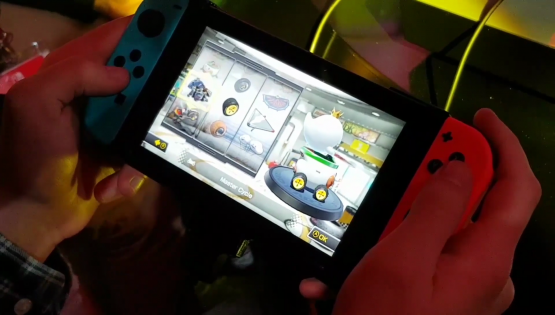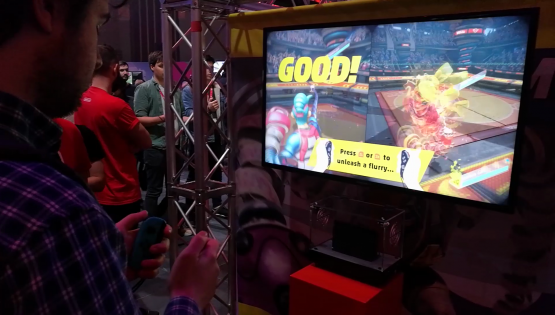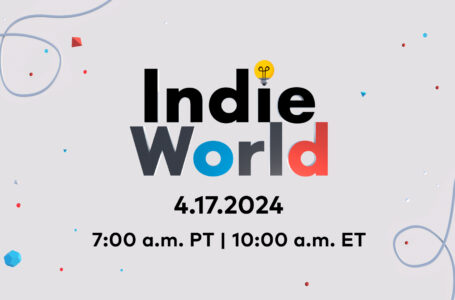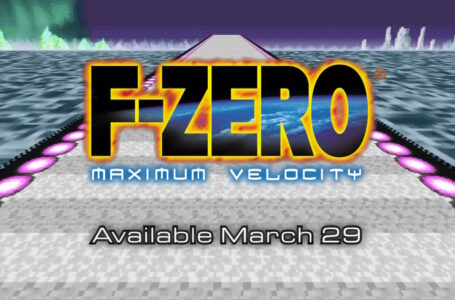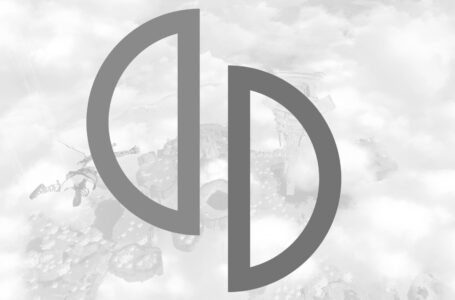Nintendo Switch Preview – Hands-On at the Console’s UK Premiere
What better day to travel from Castle Rice to London than the same day there was an industry-changing livestream from Nintendo at 4am? But when it’s an opportunity to get hands-on with Nintendo’s shiny new hardware it felt like we were travelling there on Rainbow Road. How is it? It’s very good.
The Nintendo Switch hardware has been looking very pretty since its original announcement. Looking excellent in multi-drafted official appearance released by Nintendo is one thing, though — it’s another thing entirely when it’s unleashed on a show floor. But the hardware stacks up.
We played the system in pretty much all of its configurations. At first we were surprised at just how small the individual Joy-Cons are. Small enough to fit inside your whole hand, and to almost feel like you could crush them into a very expensive dust with a wrong move. They were comfortable enough for our hands to quickly adapt to them. Each Joy-Con is packed with a huge amount of technology, though at their basic level it’s like holding two very refined and enhanced Wiimotes in your hand.
The Joy-cons can be used in a variety of ways. The left and right Joy-cons are mirrored, so they can be split and used for simple two player games, as was the case with Super Bomberman R. This makes it into a tiny, thin SNES-esque set-up, with an analogue stick instead of a d-pad and four face buttons. When using just the one Joy-Con as a controller, it might be disconcerting to not have access to a d-pad when it comes to things like Sonic Mania, but the game seemed to control surprisingly well with just an analogue stick. Of course, Sonic Mania will support the other breadth of controller options Switch provides.
In the case of ARMS, Switch’s go-to initial multiplayer experience, both players hold two Joy-Cons in their hand, strapped to their wrists like Wiimotes. In this case though you actually hold them side-ways, with your thumbs planted on the triggers on the top like you’re about to activate Killer Queen’s detonator. ARMS is the perfect game at showing just how far the motion technology has come since the Wii’s day. The game will have button controls, but can be controlled entirely by motion (as was the case with the demo build). Strafing, guarding, and tilting your elastic punches is effortless as the Joy-Cons easily translate the subtle movement into controls. It just works.
More traditionally, both Joy-Cons can be slotted into the Joy-Con Grip, which creates what is essentially a somewhat square controller. This will be the standard sit-back gamepad playing method for many, and it quite simply replicates the standard controller layout. The only thing that tripped us up were the directional buttons as opposed to a true d-pad, but in games like Zelda it’s something we’ll get used to.
The Switch Pro Controller is delightfully chunky, and feels more solid and well thought out than the Wii U’s Pro Controller. However, unlike the Wii U Pro Controller and its GamePad, there’s not really as much of a functional difference between the Joy-Con Grip and the Pro Controller. The Switch Pro Controller still has gyro sensors inside of it, making it perfect for playing something like Splatoon 2. Really the biggest difference between the Pro Controller and the Joy-Con Grip is the D-Pad and the form factor, which are fairly big differences. To me, the Pro Controller did feel better, but, as it’s not packed into the console, whether or not it’s worth the extra cost will be up to you.
Playing with the Joy-Cons attached to the Switch’s portable screen is obviously comparable to the Wii U GamePad. The screen is roughly the same size, but of a much higher quality, and the unit itself is much sleeker and slimmer. Visually, the games appear great on the screen. Being 720p on a screen that size makes some of the games look even better than being thrown up on a big screen. It’s sort of feels like how the GamePad should have been.
There were plenty of games at the premiere, and Nintendo have revealed plenty more support. You can expect third party support to stick around, as the word is from developers that the Nintendo Switch is much closer architecturally to Xbox One and PlayStation 4, so porting games won’t be as much of a hassle as it was on the Wii U. Developers may need more of a reason not to port to Switch than the other way around, which is encouraging to hear.
The Nintendo Switch feels super good to play, and all of the games on show were great fun and seemed to run well on the hardware (with some slowdown in the open-world Zelda, as you might expect). With people much more buzzed about Switch than they were Wii U, it’s going to be more of a question as to whether the content is there for the system, not on whether the hardware is up to scratch. Given that, for multi-platform releases, the Switch will be the only console to offer the ability to play at home and also take it on the go, it might outmatch the competition.
The Nintendo Switch launches 3rd March 2017.



